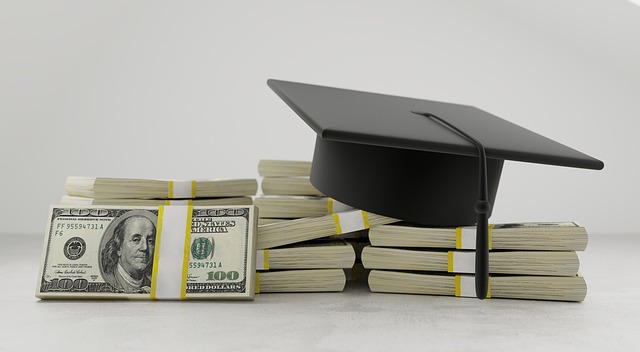5 things most families don’t know about before taking out student loans, but should
1 $31,000 is the maximum amount dependent undergrad students can borrow in federal direct student loans.

Annual limits are:
- $5,500 in year 1
- $6,500 in year 2
- and $7,500 each subsequent year until the $31,000 overall limit is reached
2 You must complete the FAFSA to access the Federal Direct Student Loans and the Parent PLUS Loans.
We advise families to always prioritize taking the federal direct student loans first due to their many benefits such as a fixed interest rate and wide variety of repayment options, but you can’t access them without filling out a FAFSA each year.
Parent PLUS loans have a lot more red flags, but you still need the FAFSA in order to access.
3 Understand now what your monthly payments will be after graduation

Most people wouldn’t rent an apartment or buy a car before fully understanding the monthly payment and whether they can really afford it, yet it happens all the time with student loans.
Accepting the loans is fairly easy, but do the hard work upfront of calculating the monthly payment to truly figure out how much in loans you should be taking out. Use this handy calculator to help out.
Our rule of thumb at College Inside Track is that a family should identify the average starting salary for the field the student is planning to go into, and should not have any more than that number in total education loans.
4 You may receive unsubsidized loans at some schools, and subsidized loans at others
As if loans aren’t confusing enough, the same family applying to schools in the same year, may get one type of federal direct loan at some, and another at others.
This is because your Expected Family Contribution (EFC) is compared to the total cost of attendance at each school and used to calculate your financial aid award.
All families who complete the FAFSA qualify for the federal direct unsubsidized student loan, but a family’s EFC must be lower than the total cost of the school to potentially qualify for a subsidized loan.
Federal subsidized direct loans are a better deal because the government pays the interest on the loan while the student is in school. Unsubsidized direct loans accrue interest right away, even though the student does not generally have to begin repayment until 6 months after graduation.
5 You won’t know the interest rate on your federal loan each year until the summer

When most families receive their financial aid letters in the winter or spring, the interest rates on federal loans have not been set for the subsequent school year.
Unfortunately, you cannot take out the loan early and lock in the current year rate; the new rates are established each year on July 1.
